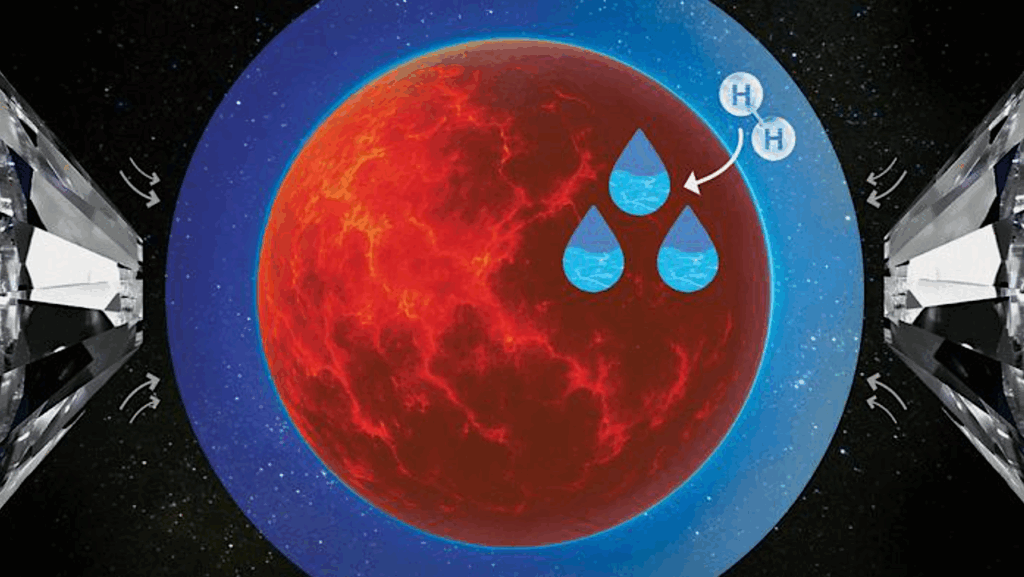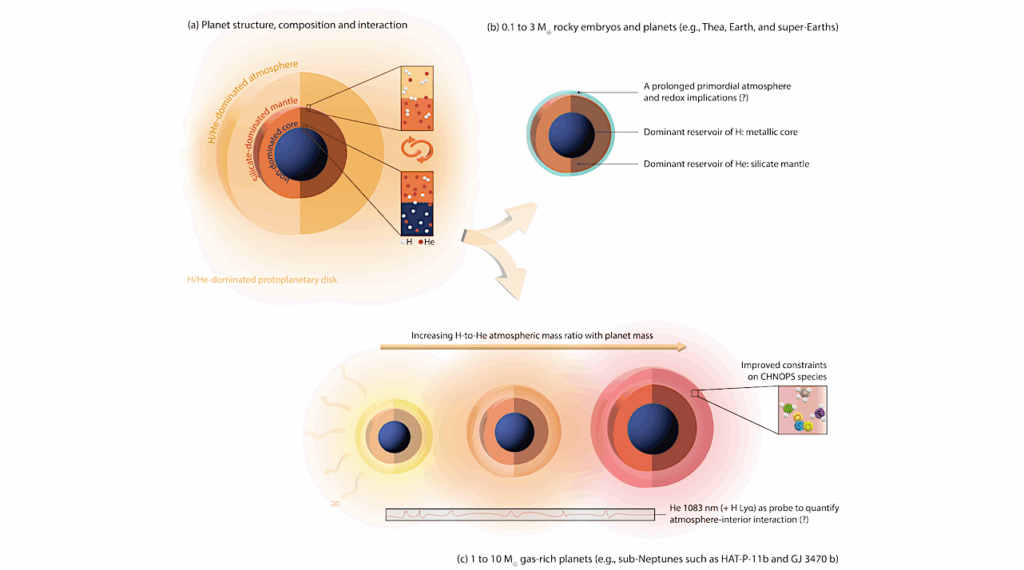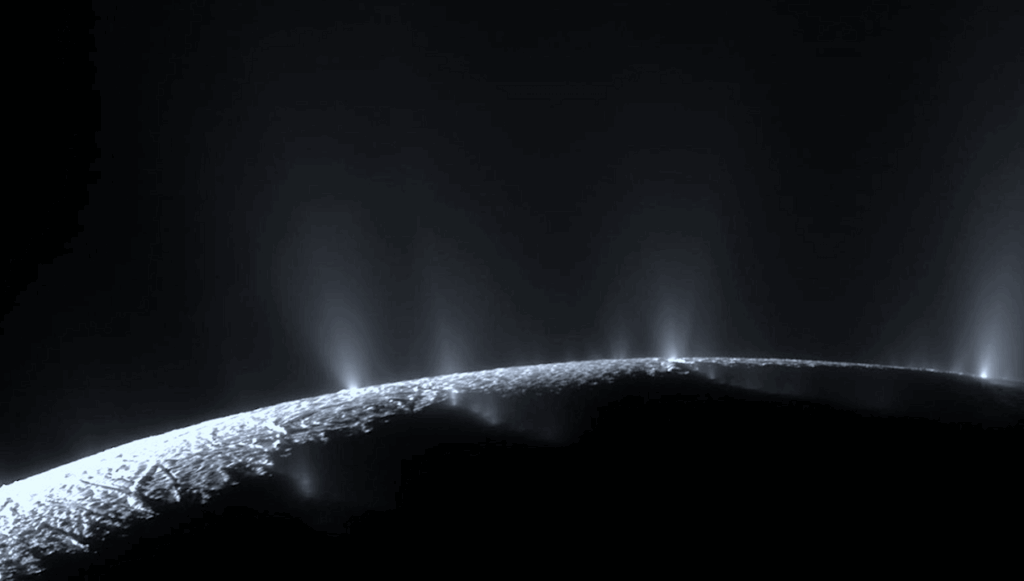Explaining The Increasing Temperature Of Cooling Granular Gases

A Leicester mathematician has developed a theory to explain ‘heating by cooling’, where the temperature of a granular gas increases while the total energy drops down – a peculiar phenomenon which can be observed both on Earth and in space.
Granular gases are one of the few examples where this scientific mystery can be observed. These systems are widely spread in nature in the form of aerosols and smoke on the Earth, or in the form of interstellar dust, planetary rings and proto-planetary discs in space.
The stunning ‘heating by cooling’ effect corresponds, in physical terms, to a negative heat capacity. Aggregating granular gases is the second object in the world, after gravitating systems, which manifests this astonishing property.
“From secondary school we are taught that temperature means energy — the higher the temperature, the larger the energy. If a system loses energy, its temperature drops down,” says Professor Nikolai Brilliantov from the University of Leicester’s Department of Mathematics, who led the research. “Surprisingly, this is not always true for granular gases.”
The international group of scientists has provided a vital clue on how granular gases function and demonstrate this mysterious quality in a paper published in the journal, Nature Communications, where they have built a solid mathematical foundation of the phenomenon.
They have elaborated a novel mathematical tool – generalised Smoluchowski equations. While classical Smoluchowski equations, which have been known for more than a century, deal with evolution of agglomerates concentration only, the new equations describe the evolution of the agglomerates temperature as well.
The direct microscopic modelling of the system, by extensive computer simulations, has confirmed the existence of this surprising regime and other predictions of the theory.
It has also been shown that, in spite of its peculiarity, ‘heating by cooling’ may be observed for many systems at natural conditions. However, the inter-particle forces have to comply with an important prerequisite – the attraction strength should increase with the agglomerates size.
“Understanding different regimes of the evolution of aggregating granular gases is important to comprehend numerous natural phenomena where these systems are involved,” adds Professor Brilliantov.
The paper, ‘Increasing temperature of cooling granular gases’ published in the journal Nature Communications is available here: https://www.nature.com/articles/s41467-017-02803-7








